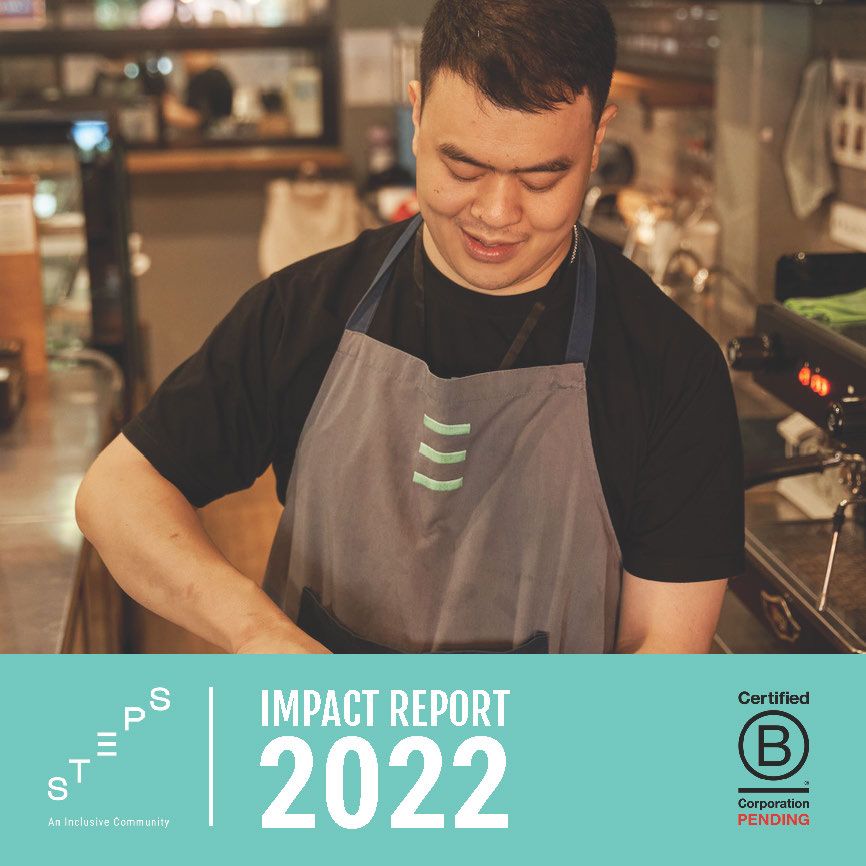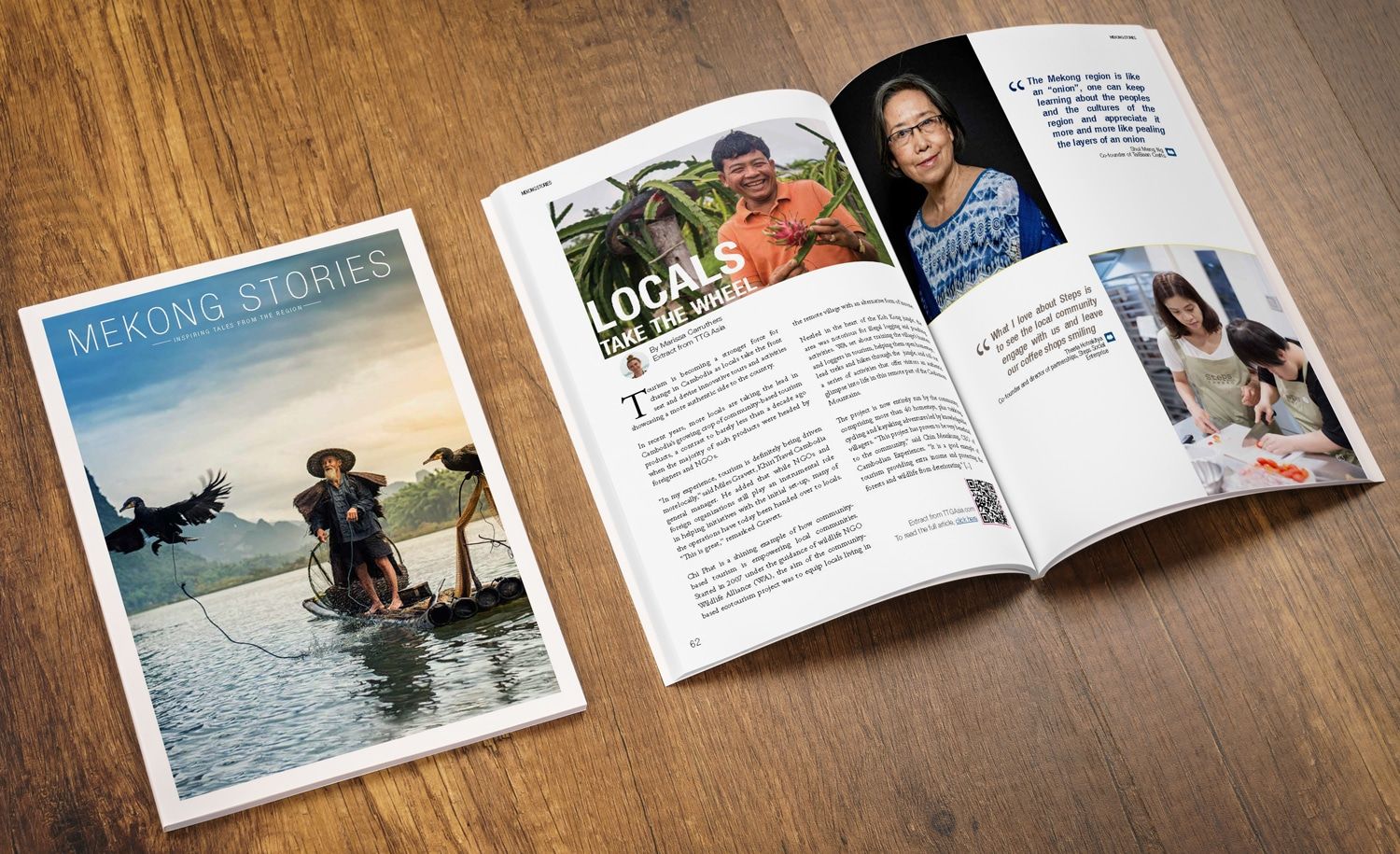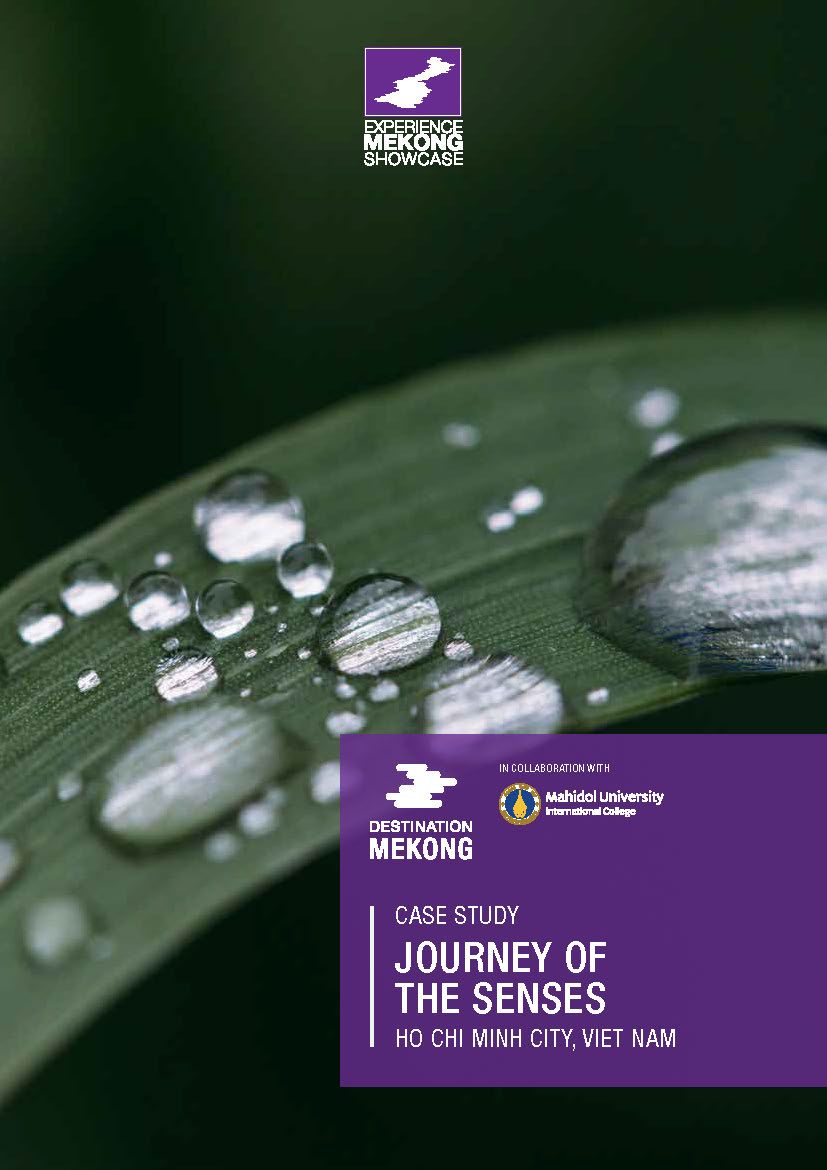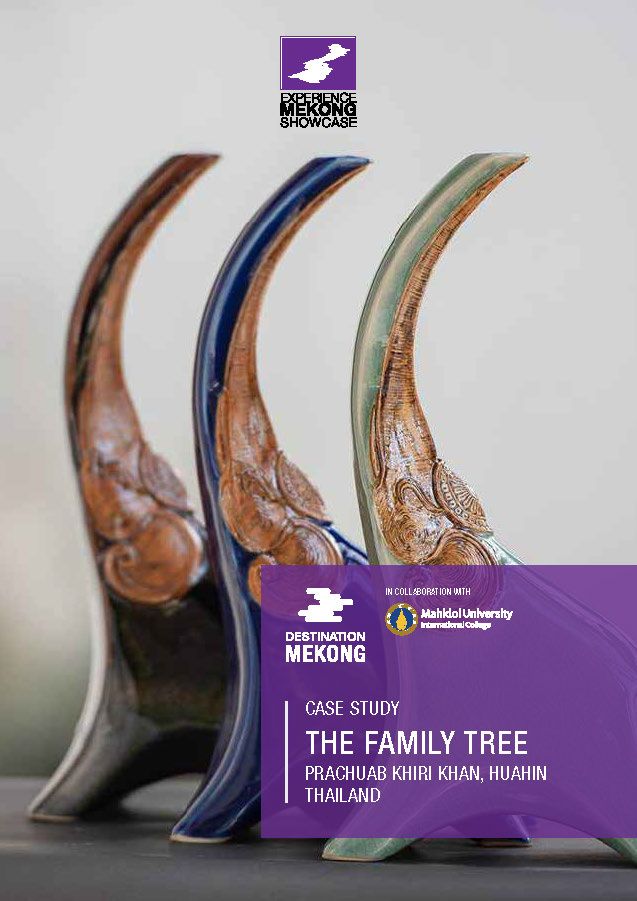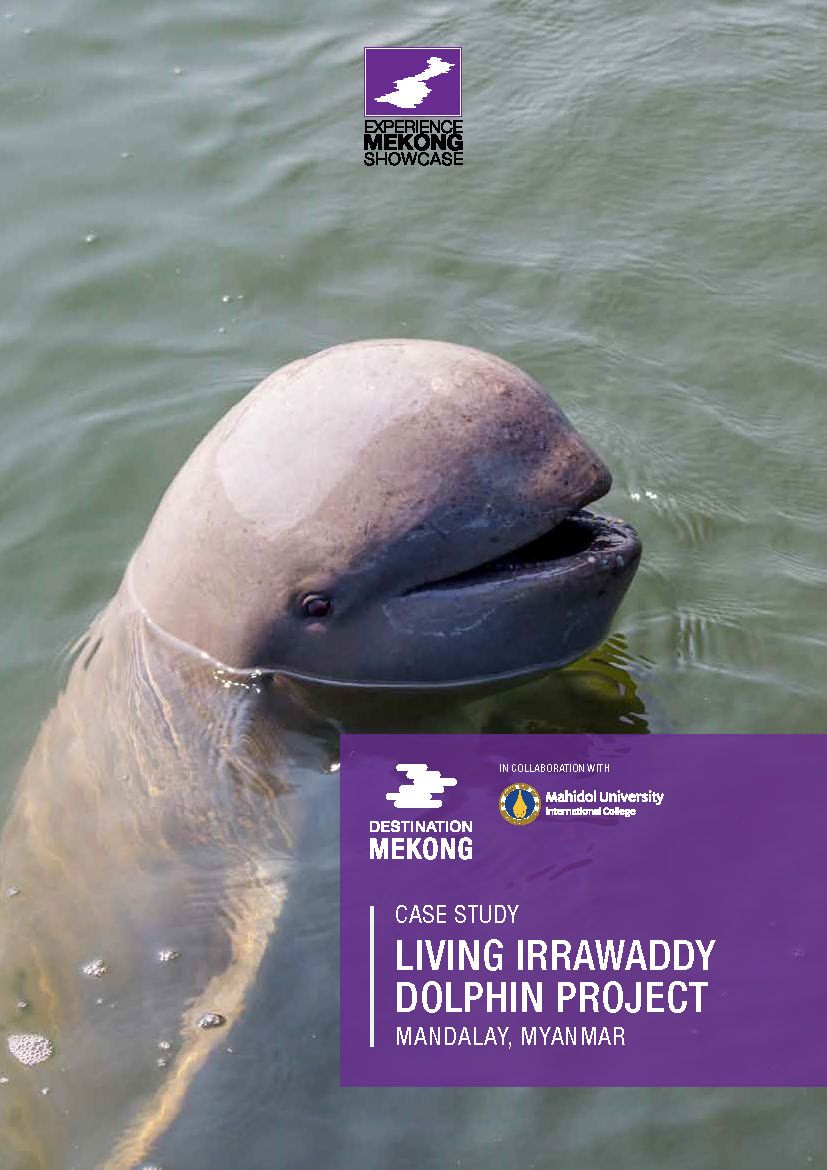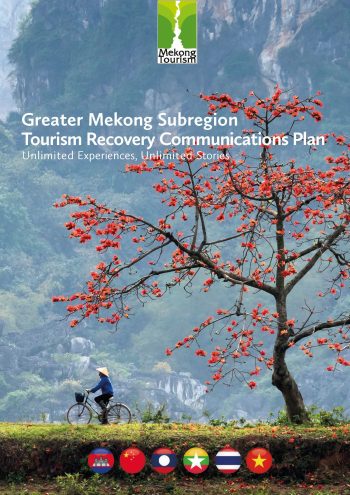
GMS Tourism Recovery Communications Plan
The Greater Mekong Subregion (GMS), comprising Cambodia, Guangxi Zhuang Autonomous Region and Yunnan Province in the People’s Republic of China, the Lao Peoples Democratic Republic, Myanmar, Thailand, and Viet Nam, has diverse natural and cultural attractions, vibrant cities, and unrivaled hospitality that each year create countless memorable experiences for visitors. But what really makes the GMS stand out as a world-class destination are the people that live here and the people that visit. The GMS is full of voices with engaging stories.
The COVID-19 pandemic has temporarily quieted these voices. After achieving historic highs of nearly 74 million international tourist arrivals that generated more than $100 billion in tourist receipts in 2019, 2020 saw international arrivals drop by 82% and tourism receipts fall 73%.1,2,3 This translates to
about 60 million fewer international tourist arrivals and $73 billion less tourism receipts. Considering tourism contributed 3.3%–19.6% to the gross domestic product of GMS countries in 2019, the tourism downturn is significantly undermining GMS prosperity.
Although tourism destinations are suffering from reduced income and significant job losses, GMS countries are taking tremendous efforts to manage and overcome the pandemic. These initially included decisive travel restrictions, COVID-19 testing and contact tracing, social distancing, mask-wearing, and promoting good hygiene. Social protection and vocational training programs for unemployed tourism workers and fiscal support for tourism enterprises followed. COVID-19 vaccination campaigns are accelerating and substantial percentages of people in the GMS countries are expected to be fully vaccinated against COVID-19 during 2021–2022. Successful GMS responses to the pandemic make compelling stories that the world should know more about.
People’s affinity for travel remains strong and durable despite the pandemic. According to a recent global survey, 78% of respondents planned to travel in the near future. Many will be seeking family vacations, romantic getaways, and culinary experiences. Nature-based experiences in uncrowded settings are sought by most market segments, while younger travelers are expected to lead the recovery in urban areas. There is also strong demand for travel with purpose. Sixty-eight percent of future travelers will support brands that have sustainability policies and 72% intend to visit places where their spending benefits local economies. After more than a year of online meetings and work from home arrangements many travelers will combine vacations with working remotely.
Distance will also influence travel decisions, with domestic and shorthaul trips recovering first, followed by medium- and long-haul trips, likely beginning in 2022.6,7 This potential phased recovery augurs well for the GMS, considering most GMS countries have large domestic tourism markets and large shares of international tourists are intra-GMS travelers, along with visitors from Japan, Malaysia, Singapore, and the Republic of Korea.
While the desire to travel remains high, actual travel will depend on how well the pandemic is managed worldwide and the speed and depth at which travel restrictions can be eased. For example, in February 2021, 85% of potential tourists indicated they were likely to travel internationally only when the pandemic is completely under control, mentioning uncertain travel restrictions and mandatory quarantine as key concerns. Tourists need assurance that destinations are properly managing public health risks and all tourism stakeholders have put adequate health and safety precautions in place.
As more people plan post-pandemic travel the GMS wants to tell the world what is being done by government and private enterprises to restart tourism safely and sustainably, and that the GMS has not lost what makes it such an attractive place to visit.
GMS Tourism Recovery Communications Plan
Publisher:
Mekong Tourism Coordinating Office (MTCO)
Year:
2021
Language:
English
Size:
25 pages | 5.4 MB
Location:
LMR
